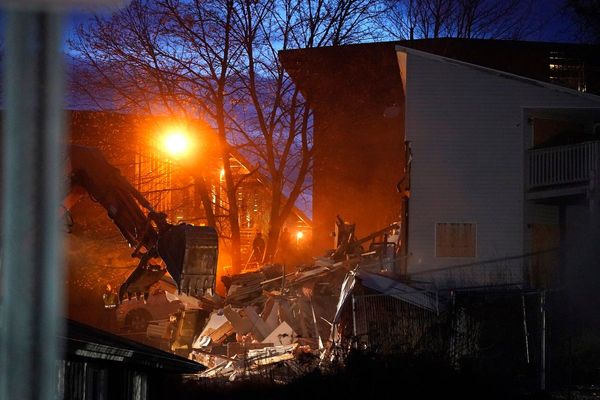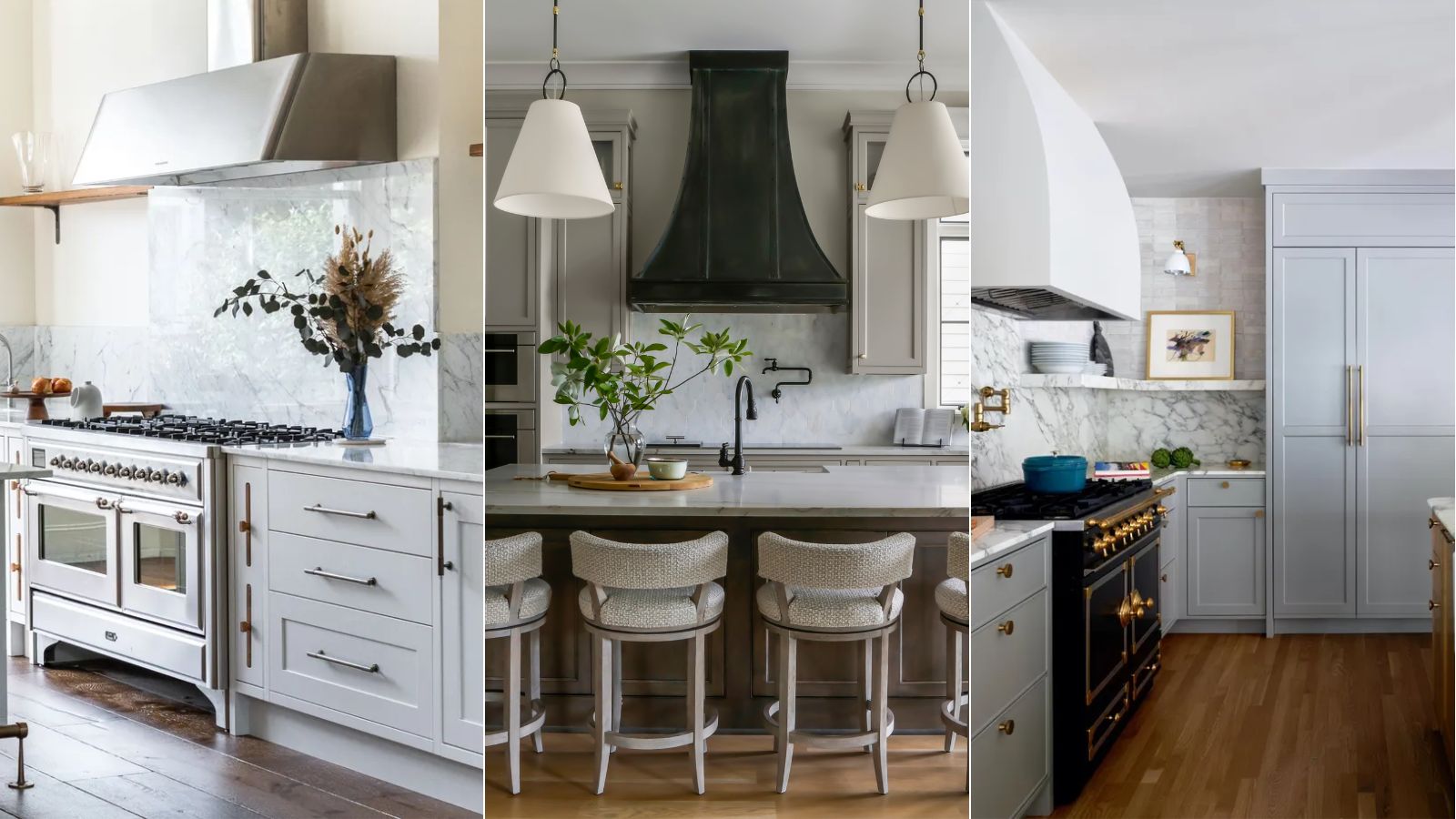
Gray is a notoriously tricky color to get right. Its lack of warm tones can often appear dull and when used in excess amounts, it can make a room appear flat. Of course, that's not always the case, and when used right, gray can be an incredibly effective color choice.
In kitchens, gray is a fairly popular color, especially for those who favor minimalist, pared-back schemes. While gray kitchens can be stylish, neutral spaces, they can also end up looking uninspiring, depending on how gray tones are styled amongst other design elements. 'Gray can come across as cold and lifeless, especially under artificial light, creating a less inviting kitchen environment,' explains interior designer Kati Curtis.
According to designers, there are three common decor mistakes made in gray kitchens, which we explore below. By being aware of these gray kitchen mistakes, which are easy to make, you can approach decorating with gray in your kitchen in a considered way to ensure a balanced look that feels warm and inviting.
3 common gray kitchen mistakes to always avoid
1. Overly cool-toned grays
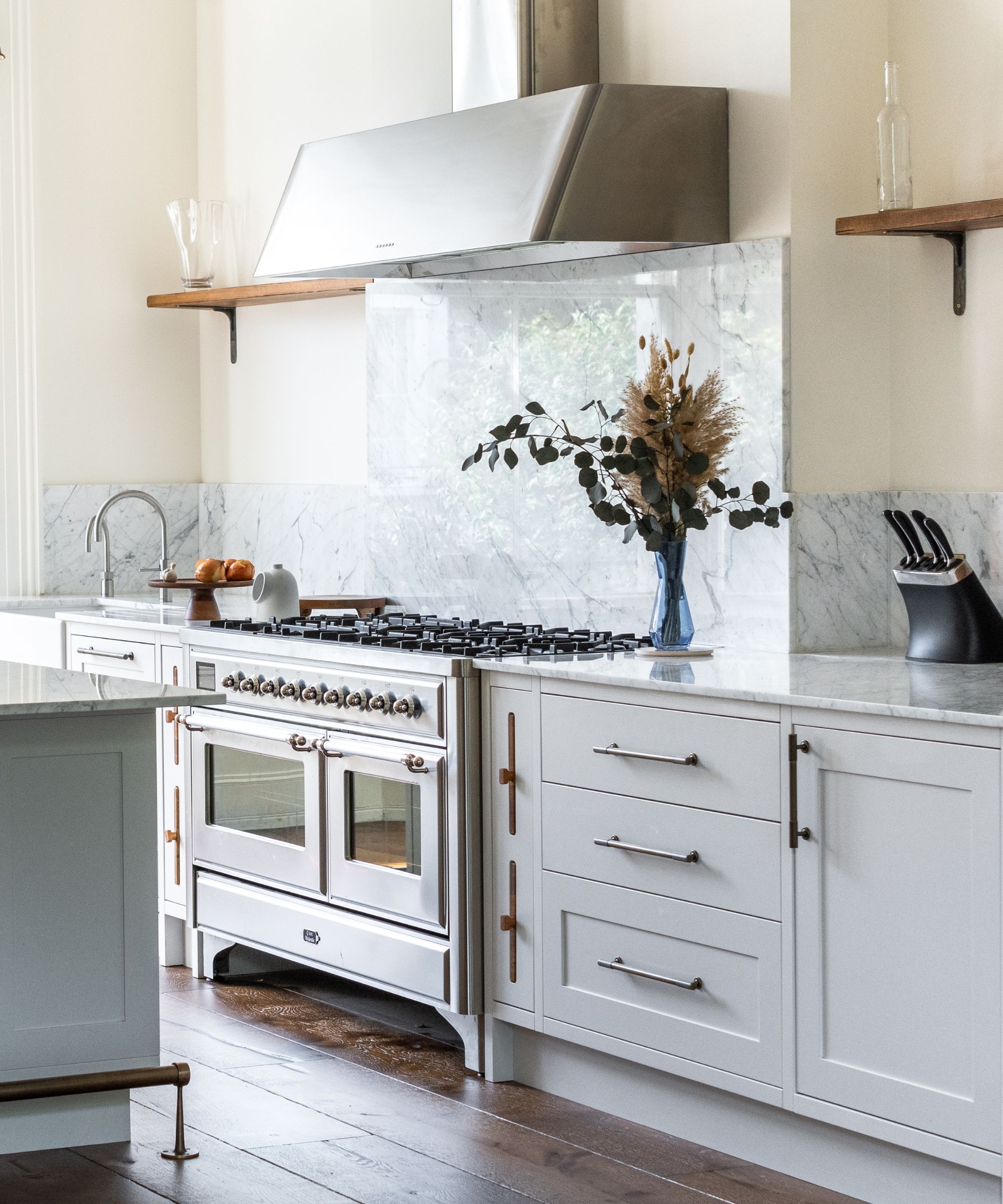
In gray kitchens, one of the most common mistakes designers see is the use of overly cool-toned grays. Choosing a gray paint with extremely cool undertones can result in that cold and almost sterile feeling – most likely not what you want in the heart of the home. There are so many options of gray paints to choose from – and while this can admittedly make it difficult to choose the best shade – there are plenty of gray paints available that have a touch of warmth to them, which does wonders to prevent the room from feeling uninspiring.
'Gray doesn't always have to be a cool color; try opting for a warm gray,' suggests designer Jill Norman, co-founder of Studio Mesa. 'A putty color pairs well with other warm tones like brass hardware, nickel fixtures, and natural stone kitchen countertops to make a kitchen feel less cold.'
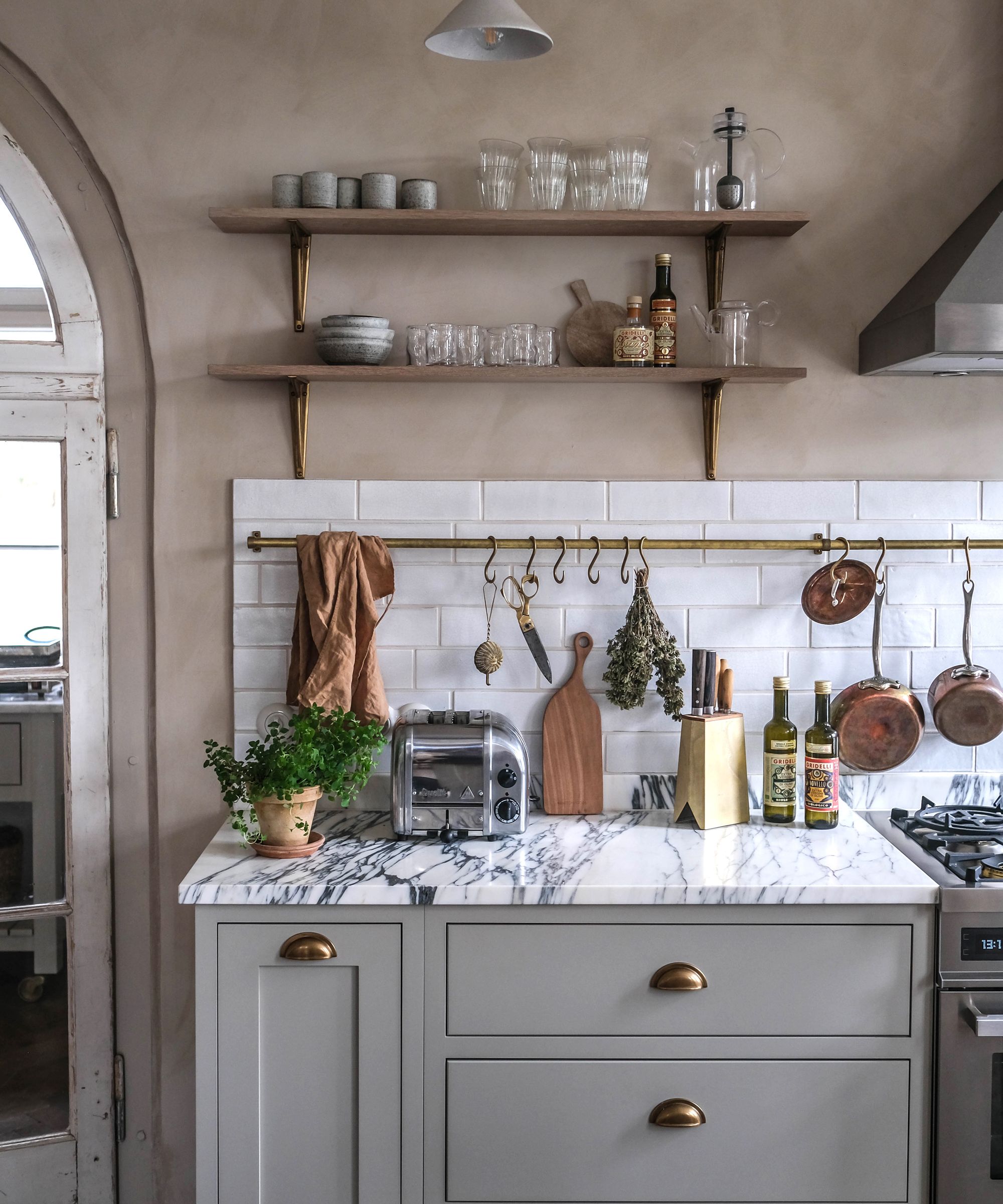
Designer Elizabeth Sims, founder of California-based Calafia Home Design also recommends opting for a warm gray paint in the kitchen, adding that these hues work well with natural textures to achieve an organic look: 'While gray kitchens might seem a bit dated among currently trending wood cabinetry and rich palettes, I think the trick is to select a warm gray rather than a cool one. Paired with natural textures like ceramic, jute, and wood, warm gray walls or cabinets can feel earthy and inviting rather than cold.'
If you want to take this idea a step further, you could also choose to decorate with greige paints, which essentially fall somewhere between beige and gray, adding plenty of warmth to the home.
Designer Joshua Smith, founder of Joshua Smith Inc explains how to best incorporate these hues in the kitchen: 'We've moved away from cooler grays in favor of greiges. These greiges and taupes bring in more warmth, richness, and complexity to color schemes while staying fresh. Use these tones in a satin finish for kitchen cabinetry to get the crispness of a white kitchen with an overall warmer and elevated aesthetic. Pair with colorful accessories for a pop that helps to brighten and add interest to the space. Don't be afraid to mix textures in the space as well. This will help give the space depth, even if you don't have a mix of colors.'
2. Not creating enough contrast
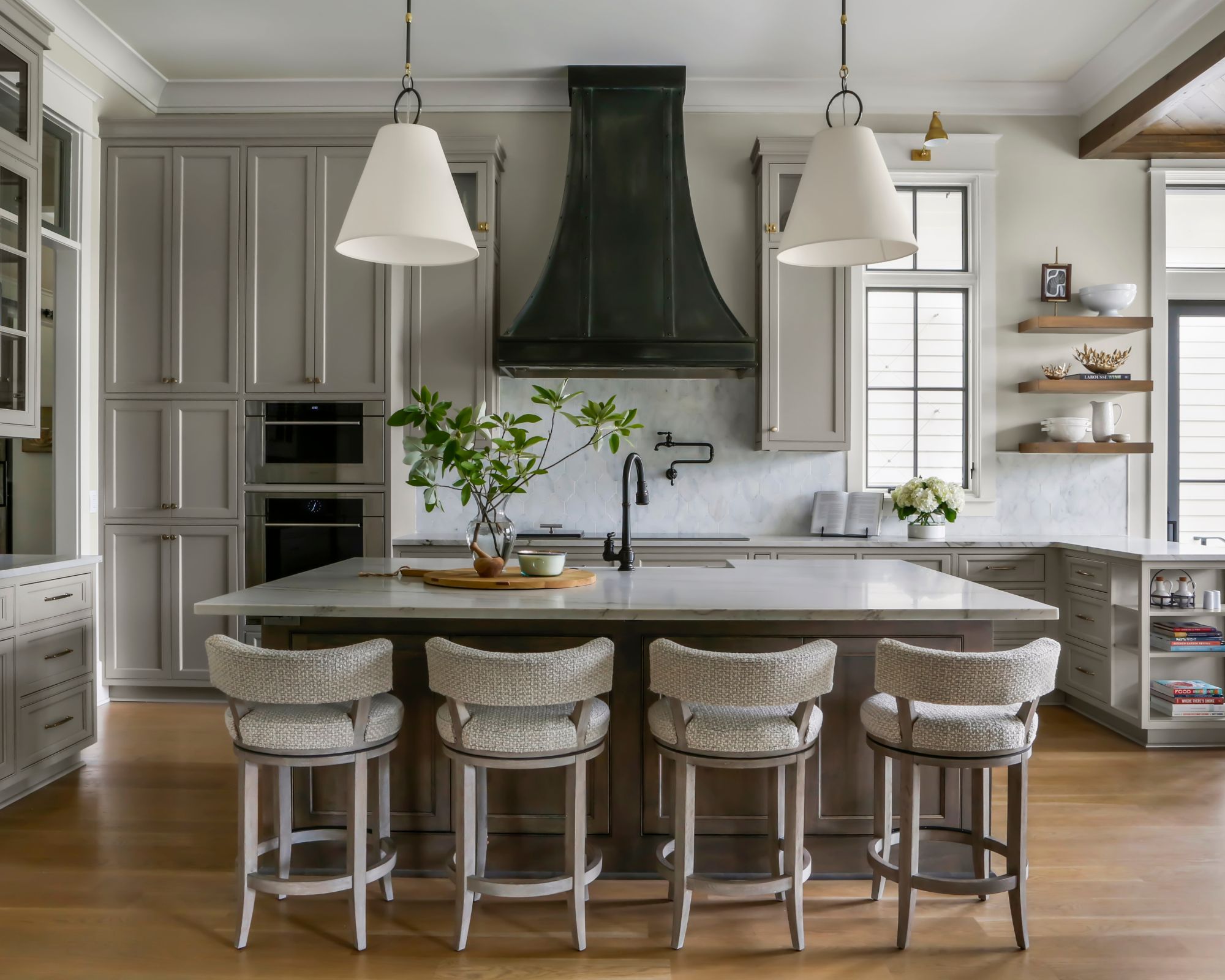
Another common mistake made in gray kitchens is not adding enough contrast through different materials and colors. Since gray, especially dark gray, can tend to dominate a space when used in generous amounts, it can appear overbearing if not balanced with other lighter elements.
'I think one of the biggest mistakes people make with gray kitchens is to choose too closely-toned gray elements throughout,' observes Gaelle Dudley, interior designer and founder of GLDESIGN. 'Although I’m a fan of a beautiful monochromatic kitchen, it’s important to mix cool and warm colors wherever possible. For example, pale gray cabinetry with a marble countertop and slab kitchen backsplash will feel very sterile. How about pairing a dark gray cabinet with a stone and dark veining for that wow contrast, or lighter gray cabinetry with stark white countertops and textured backsplash for a more organic, modern aesthetic?'
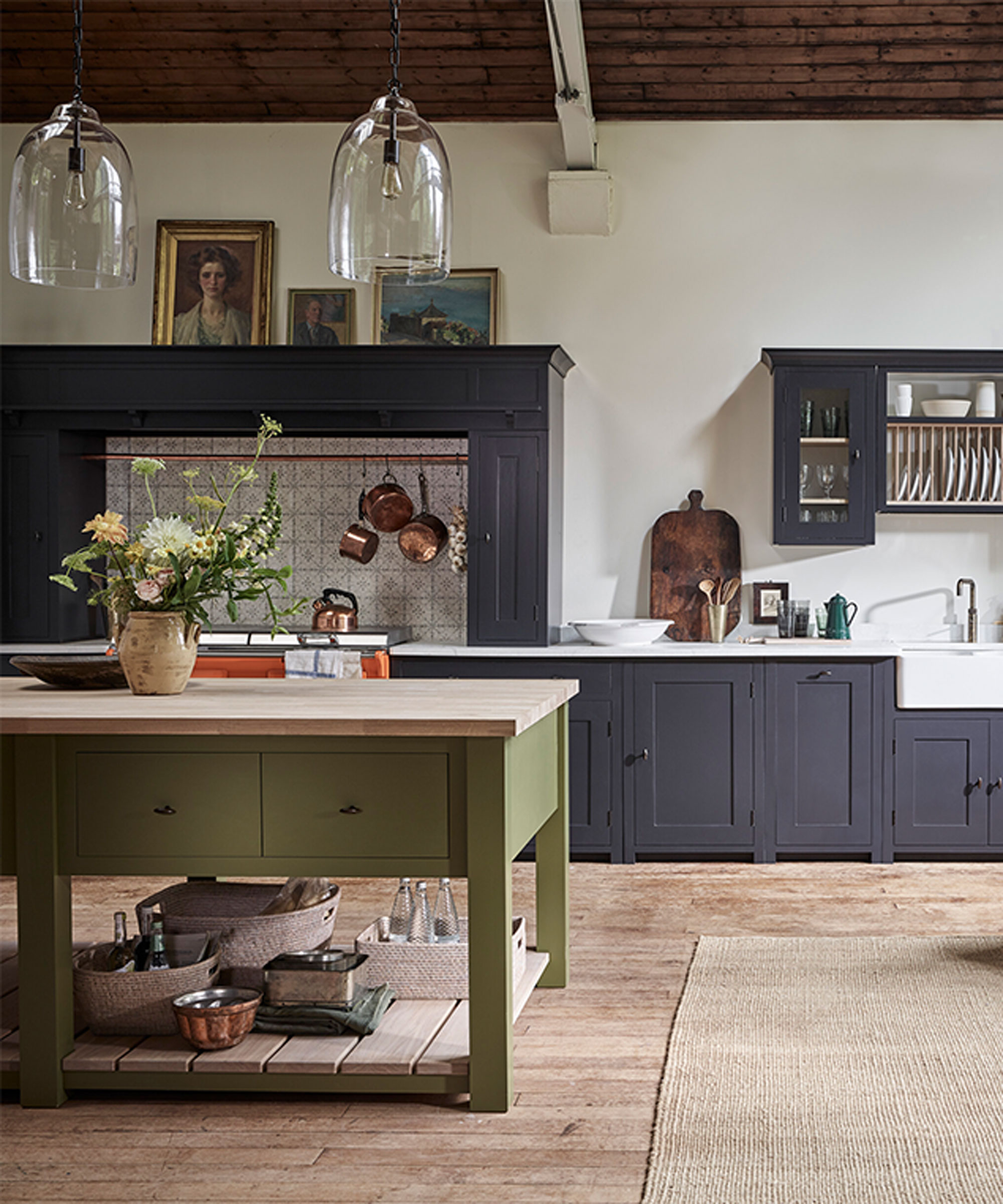
Interior designer Melissa Read, creative director at Studio Burntwood also recommends adding contrasting elements to achieve a balanced look, from the kitchen flooring to kitchen countertops: 'When using gray, ensure there is a clear contrast with other hard finishes, such as the flooring or kitchen worktop. It's critical to add a variation of color or texture, especially when using gray, as it can easily feel stark and one-dimensional. For instance, gray kitchen cabinets would pair nicely with worktops made of marble or porcelain that have subtle gray veining.'
Not only can balance be achieved through material choice but also by adding more colorful accents. Designer Tyson Ness explains that incorporating a bright, statement color can help uplift the room and add interest: 'Consider painting the walls (or ceiling for extra drama) a saturated color that will make the gray feel like a supporting role. You can also pop the gray by introducing starker blacks and whites; a crisp white countertop with black hardware will give those gray cabinets some contrast. Steer clear of a monochrome gray palette which will make the kitchen feel flat and bland; consider gray the supporting role, not the main character or color.'
3. Choosing stainless steel metals
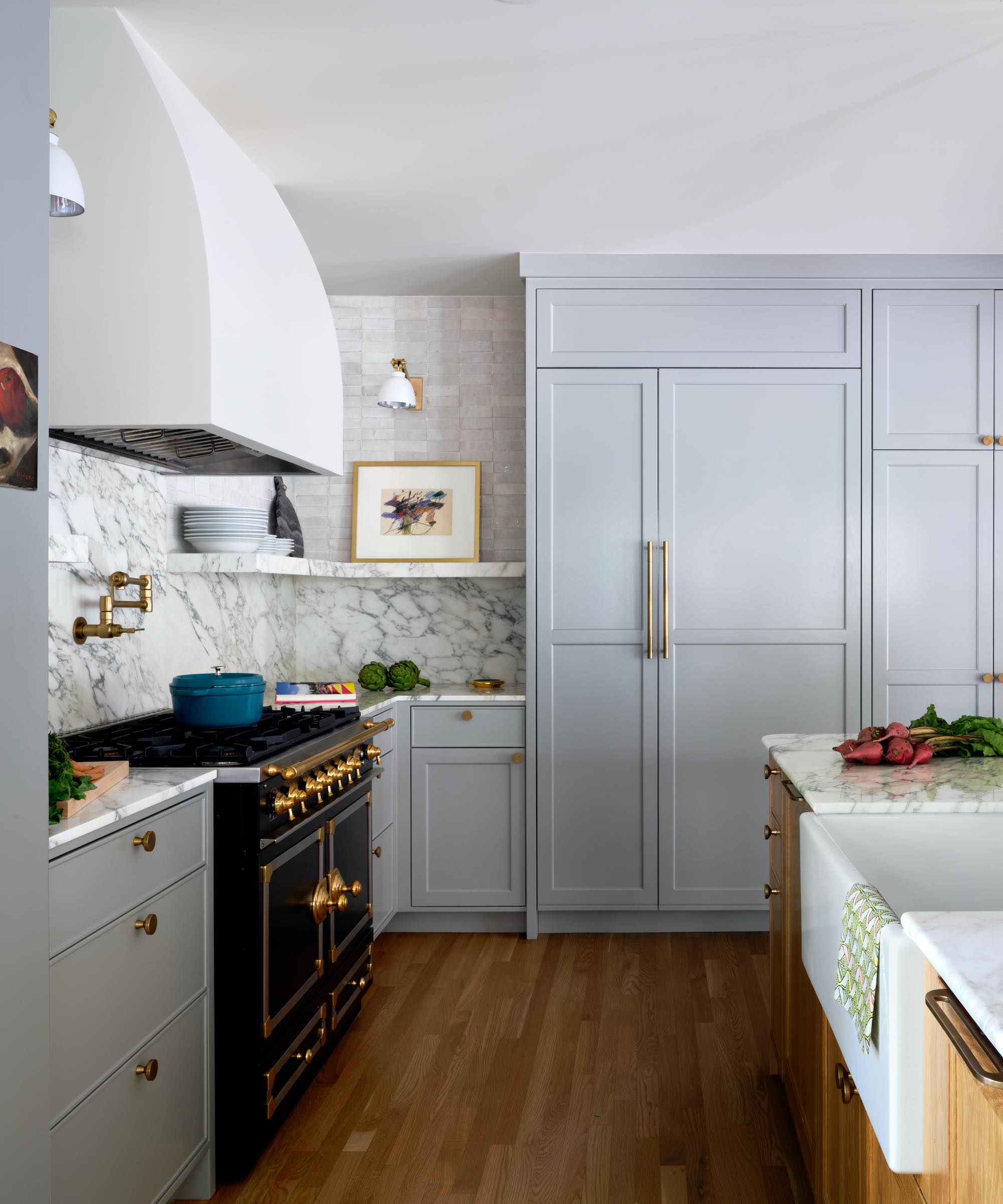
If you have a gray kitchen, it's important to carefully consider the color of metals in your space. Again, the same design principle applies, in that balance should be created. Stainless steel finishes will appear too similar next to other gray elements, contributing to a one-dimensional look. By opting instead for much warmer and contrasting metals, such as brass as pictured above, you will add that much-needed contrast and warmth to the space. Although metals can be seen as a finishing touch, they can actually play an important role in the overall look and feel of your gray kitchen.
'If you are afraid of mixing metal finishes in a gray kitchen, you are missing out,' explains interior designer Luis Carmona, founder of VERDE Interior Design. 'Most people tend to gravitate towards stainless steel appliances and finishes when they have a gray kitchen. Although that would seem to make sense, the gray-on-gray look will create a gray mask in the space that will make the kitchen feel more gloomy.'
'Consider having matte black appliances to create a visual anchor for the space. Hardware and plumbing fixtures can also be two-toned using black or brass to help break the gray in the space. Opting for an unlacquered faucet or cabinet hardware will give the kitchen some character as the metal surfaces tarnish with them, giving it a natural patina.'
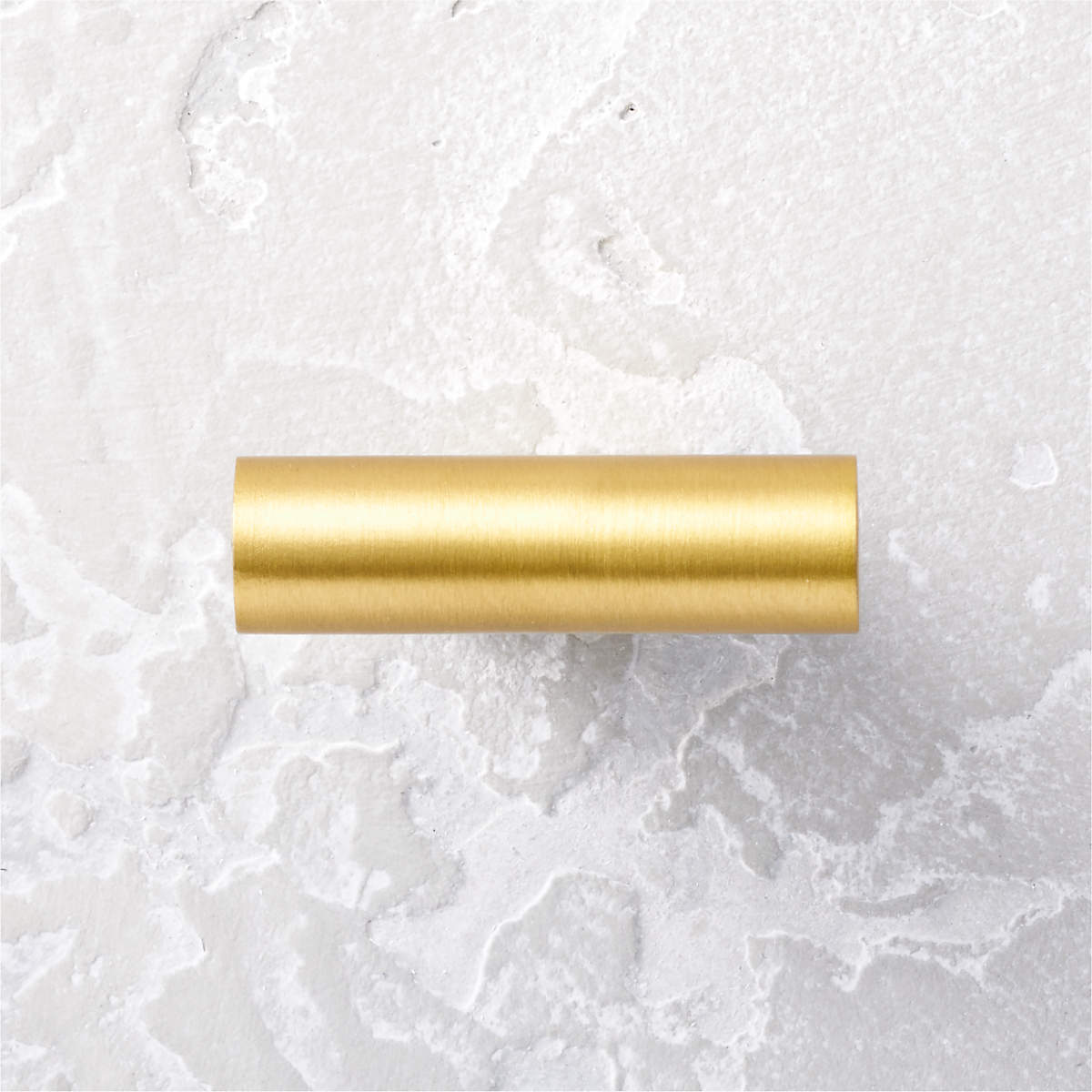
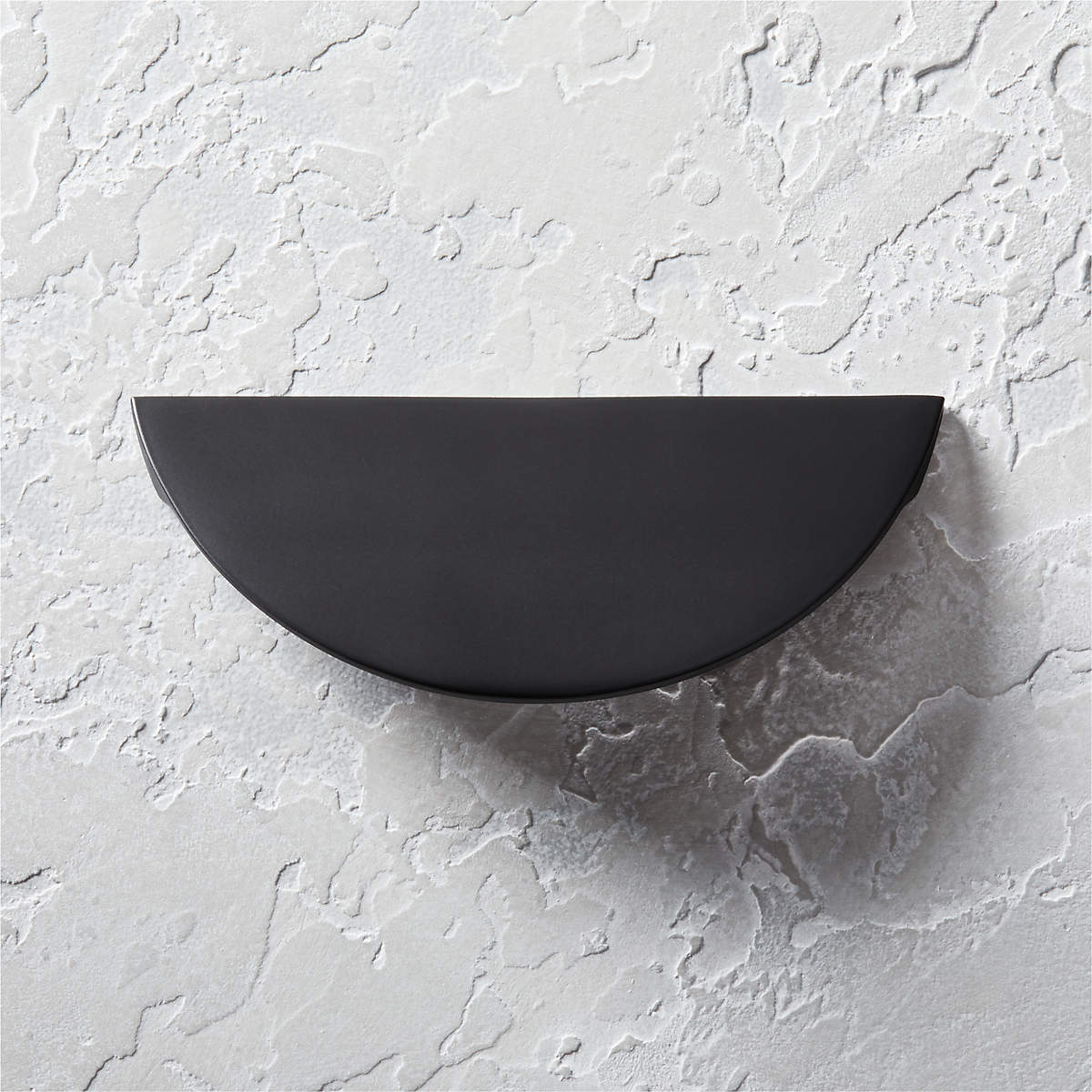
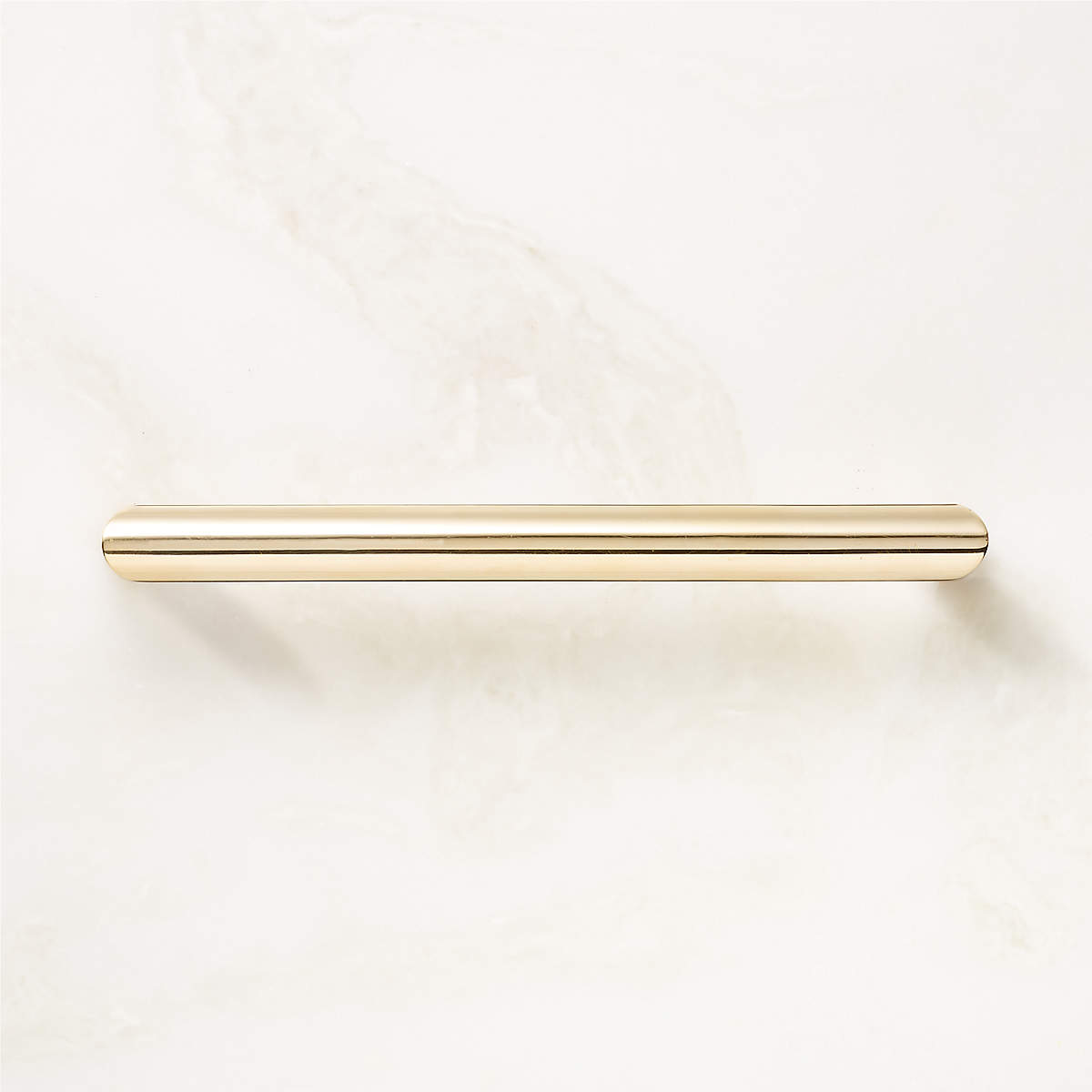
The key to creating a gray kitchen that feels inviting is all about balance. Whether that's by adding interest through the material of your kitchen countertops or decorating with brass fixtures to offset cool tones, following this approach will ensure a stylish look. Or, for a more up-to-date feel, choose a greige paint instead of classic gray for a much warmer take on this neutral color.


